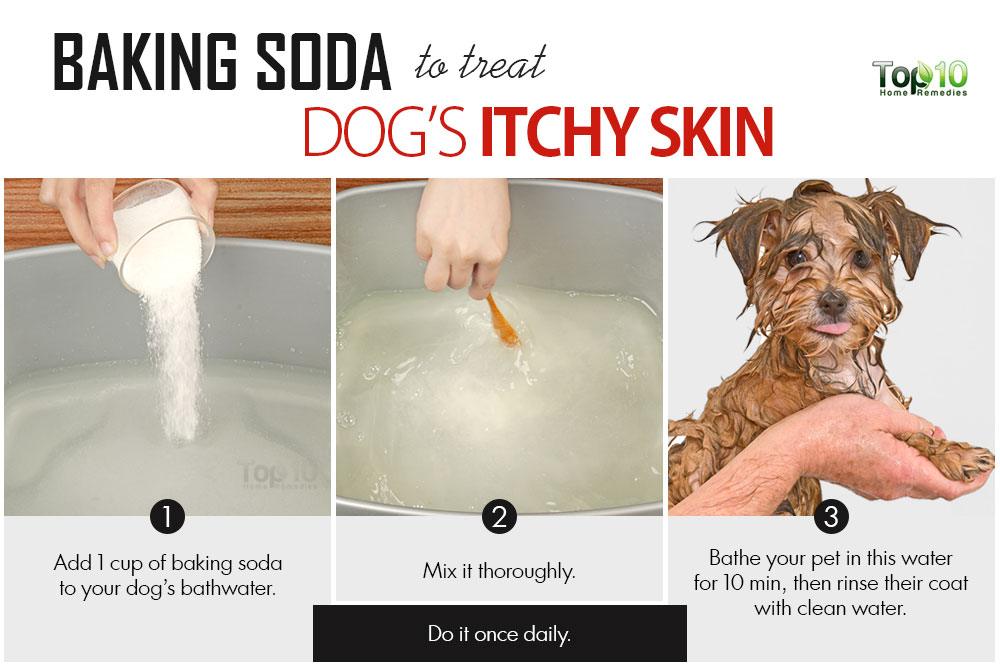Red Alert? Decoding Your Dog's Itchy Paws and How to Treat Them
It's a familiar sight for many dog owners: your beloved canine companion, gnawing relentlessly at their paws. While occasional paw licking is normal, persistent red and irritated paws can be a sign of a larger issue. From allergies to infections, a myriad of culprits could be causing your dog's discomfort. Understanding the root of the problem is key to effectively treating those inflamed paws and restoring your furry friend's playful spirit.
For centuries, dogs have held a place of honor in our homes and hearts. Their unwavering loyalty and boundless energy are a testament to their domestication journey, interwoven with our own. Yet, this journey hasn't come without its compromises. As we've shaped their world, we've also inadvertently exposed them to potential health concerns, including those pesky paw problems.
The importance of addressing red paws in dogs cannot be overstated. What might seem like a minor irritation can quickly escalate, leading to secondary infections, behavioral issues, and a decline in your dog's overall well-being. Imagine the frustration of an itch you can't scratch—that's what your dog experiences with untreated paw inflammation.
One of the most common reasons behind red paws is allergies. Just like humans, dogs can be allergic to a variety of substances, from pollen and grass to dust mites and even certain types of food. These allergens can trigger an inflammatory response, causing the paws to become itchy, red, and swollen.
Another potential culprit is infection. Bacteria and yeast thrive in warm, moist environments, making your dog's paws an ideal breeding ground. A cut, scrape, or even excessive licking can create an entry point for these microorganisms, leading to a painful infection.
Advantages and Disadvantages of Common Treatments
| Treatment | Advantages | Disadvantages |
|---|---|---|
| Medicated Shampoos | Soothes itching, removes allergens, often readily available | May not address underlying cause, some dogs dislike bathing |
| Antibiotics/Antifungals | Effective against bacterial/fungal infections | Require veterinary prescription, potential side effects |
| Topical Creams/Ointments | Provide localized relief, some contain anti-inflammatory agents | May be licked off easily, not suitable for all dogs |
| Dietary Changes | Can address food allergies, promotes overall health | May take time to see results, requires careful selection of food |
| Foot Soaks/Wipes | Cleanses paws, soothes irritation, convenient for daily use | Temporary relief, may not address underlying issue |
Beyond these common culprits, factors like parasites, autoimmune disorders, or even something as simple as dry weather can contribute to paw problems. That's why it's crucial to consult with your veterinarian before embarking on any treatment plan. They can help pinpoint the underlying cause and recommend the best course of action for your furry friend.
While the journey to soothe your dog's itchy paws may seem daunting, remember, you're not alone. With careful observation, veterinary guidance, and a whole lot of love, you can help your four-legged friend find relief and get back to doing what they do best—brightening your day with their infectious joy.
Reclaim your time stop wasting it on youtube ads
Mastering zakat your comprehensive guide to cara kira zakat pendapatan
Behind the walls understanding the lives of individuals detained in hudson county













